In spite of modern life’s influence, Co Thon village has still kept its cultural values and long-lasting customs of the Ede ethnic people in the city of Buon Ma Thuot. The village has become an attractive destination for visitors.
Located at the end of Tran Nhat Duat street, two kilometers north of the center of Buon Ma Thuot, Co Thon has another name called Ako Dhong. Ako Dhong means the upstream valley in the Ede language. This is easy to explain because the village lies at the head of Ea Nuol stream.
As it is the most beautiful and prosperous village in the Central Highlands, Ako Dhong is also the only one which still maintains the unique features of an Ede traditional village.
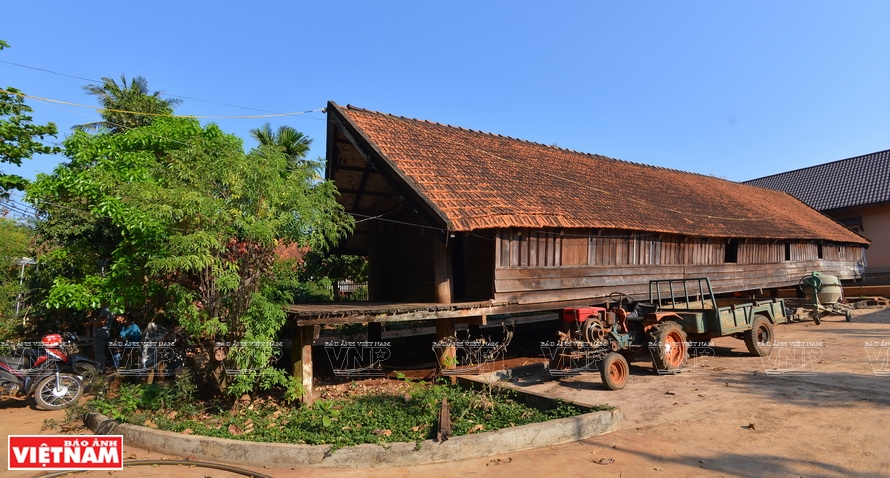
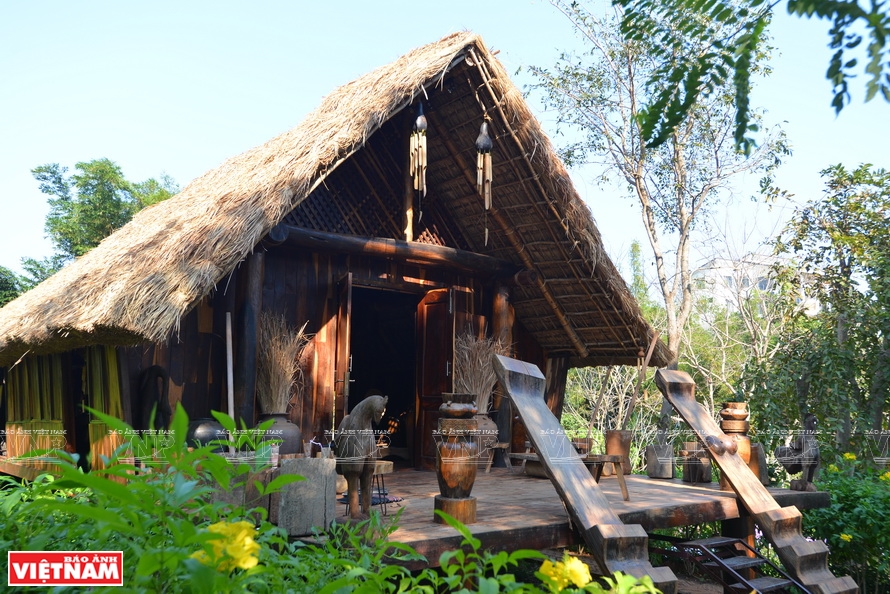
The traditional long house-on-stilts imbued with cultures of the Ede people in the village.
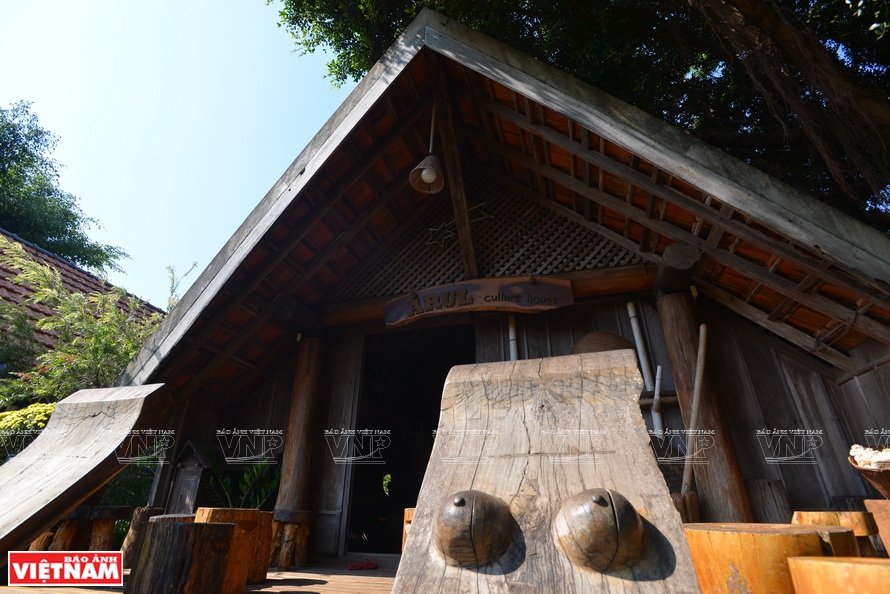
The staircase is decorated with two breast-shaped designs at the top, the symbol of matriarchal vitality and power.
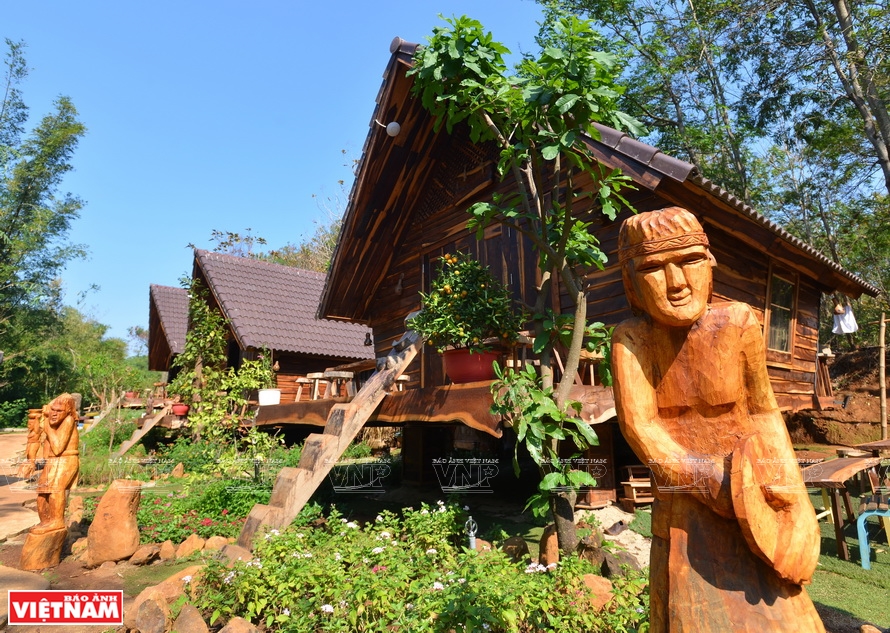
Some bungalows are designed similar to the long house-on-stilts in the eco-resort of Co Thon.

Unique feature of the traditional long house-on-stilts of the Ede.
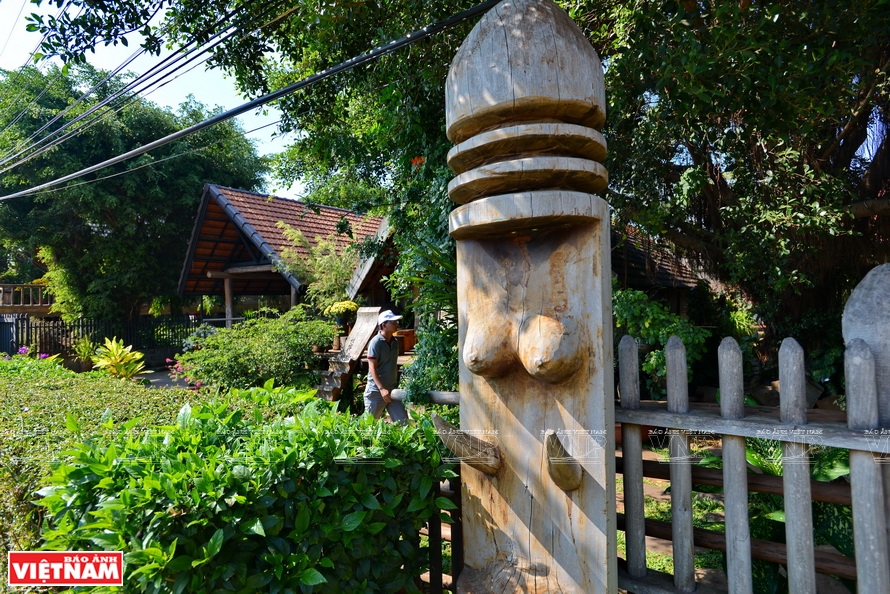
An entrance is designed in the Ede traditional style.
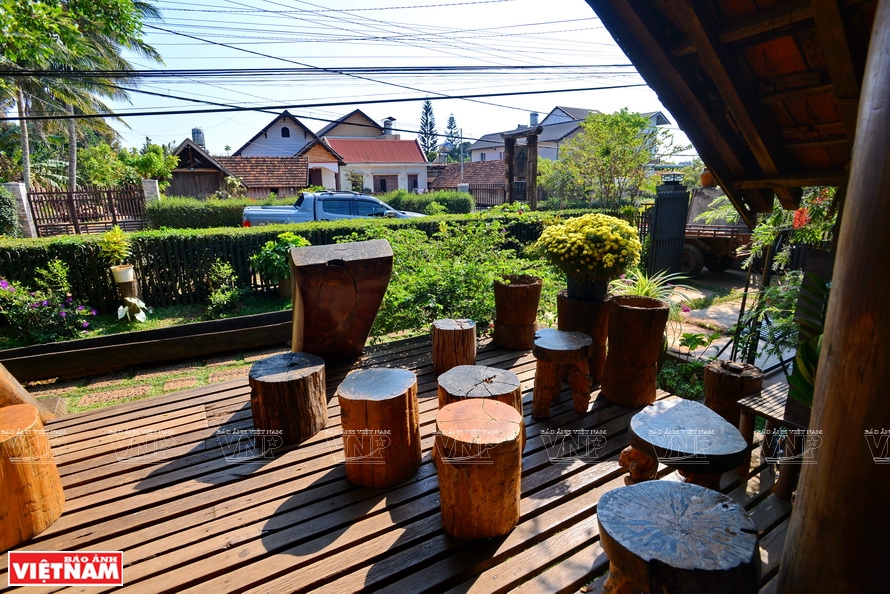
The relaxing space of a traditional long house-on-stilt.

A traditional boat of the Ede.
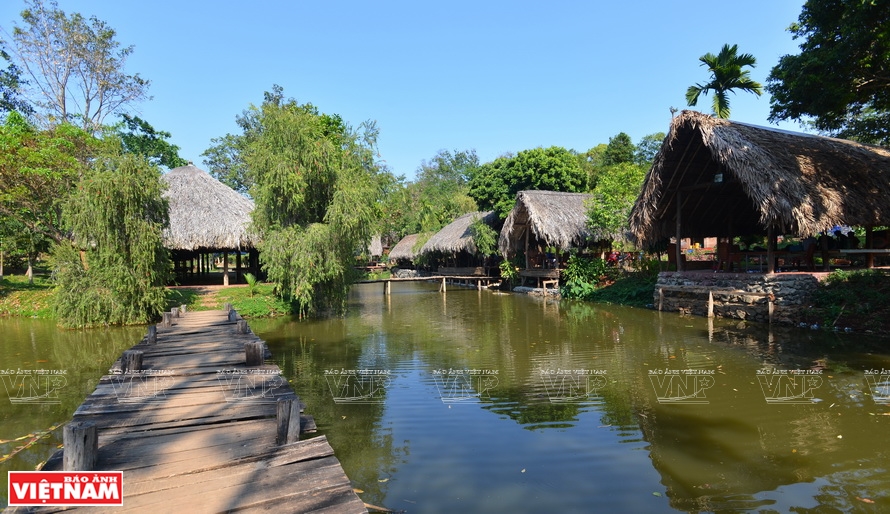
An eco-tourism area in Co Thon.
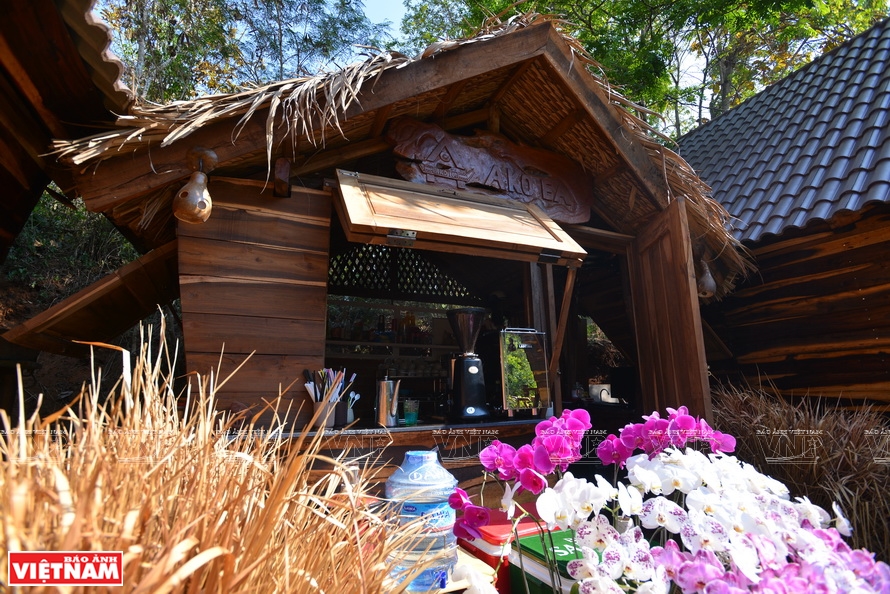
A coffee shop at the eco-tourism area.
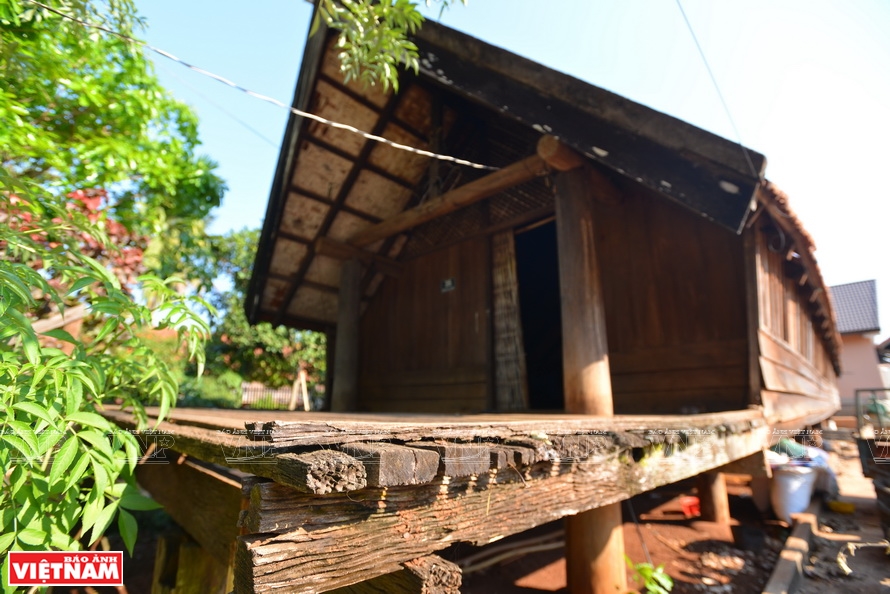
An old long house-on-stilts. |
Before 1975, Co Thon village had 10 families living in three Ede traditional long houses-on-stilts. There was a large well which provided water for the villagers’ daily use and 10ha of coffee.
After 1975, the village received state investment in constructing an infrastructure system. With their unity and mutual assistance, the villagers have stabilized economic development and improved their spiritual life.
In modern life, the villagers have preserved and developed the Ede cultural traditions. The village now has 40 traditional long houses-on-stilts with typical architecture of the Ede. The long houses are made from natural materials such as bamboo and wood. Many generations of a family live together in a long house and it is a typical feature in the matriarchal society of the Ede people. Once a girl living in the house gets married, the house is lengthened with a compartment because in Ede matriarchal society, men live in their wives’ houses.
Inside a house, the staircase is a cultural feature of the Ede people. It is made by hand and decorated with two breast-shaped designs at the top, the symbol of matriarchal vitality and power. They always keep several gongs in their houses because gongs are considered sacred items in the festive events of locals.
Besides engaging in agriculture, locals are also developing eco-tourism, showing off the values of the scenery and culture of the village that helps them improve their living conditions and preserve the traditional values of the village in the modern city.
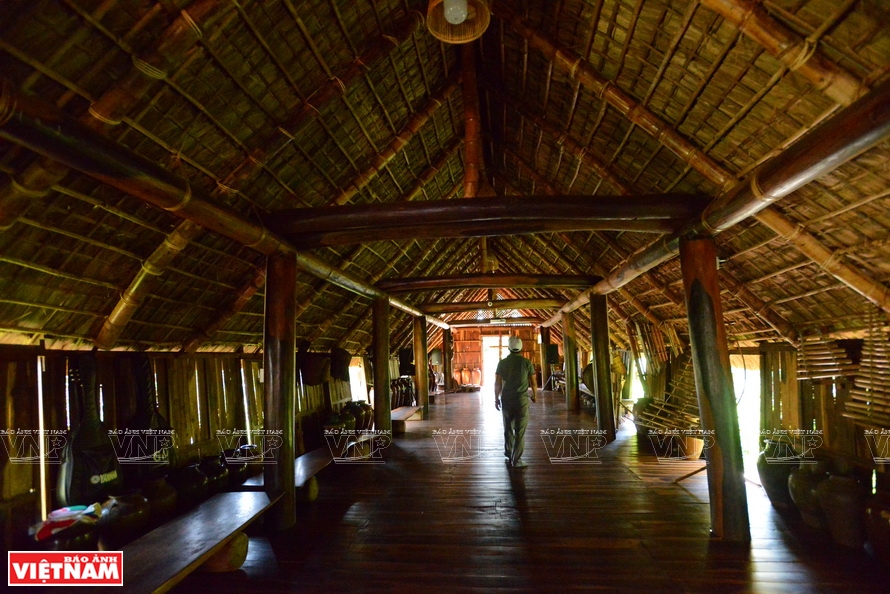
Unique feature of the traditional long house-on-stilts of the Ede.
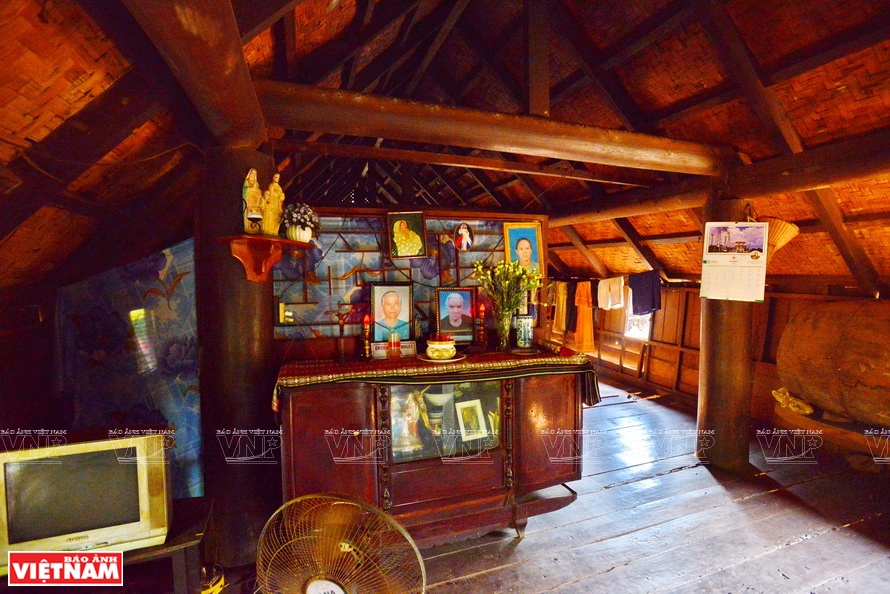
The altar is placed solemnly in the traditional long house-on-stilts of the Ede.
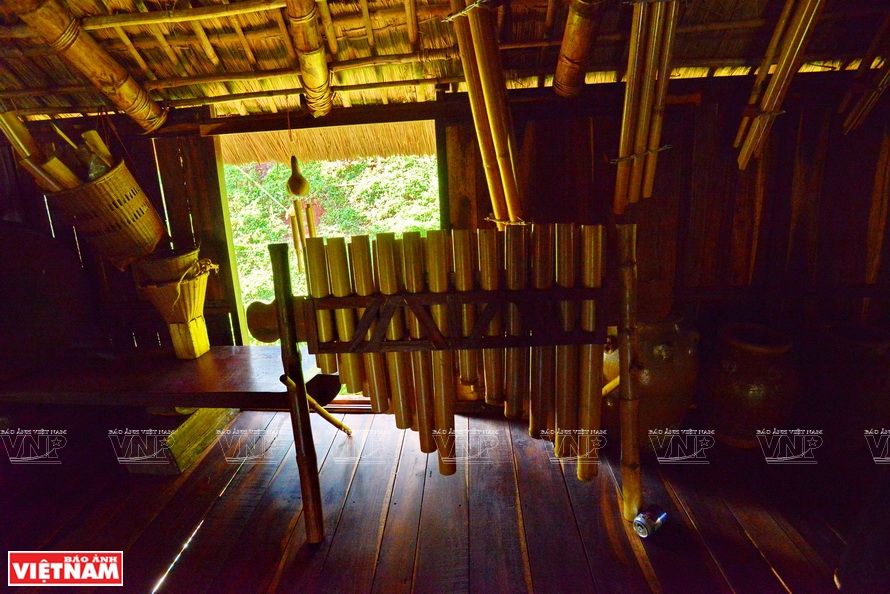
A traditional musical instrument of the Ede people.
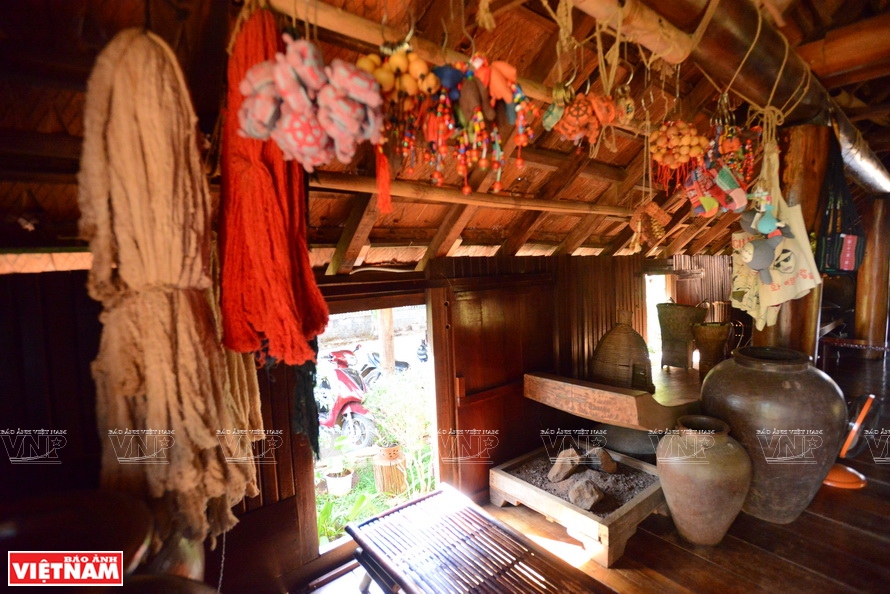
A kitchen of the Ede.
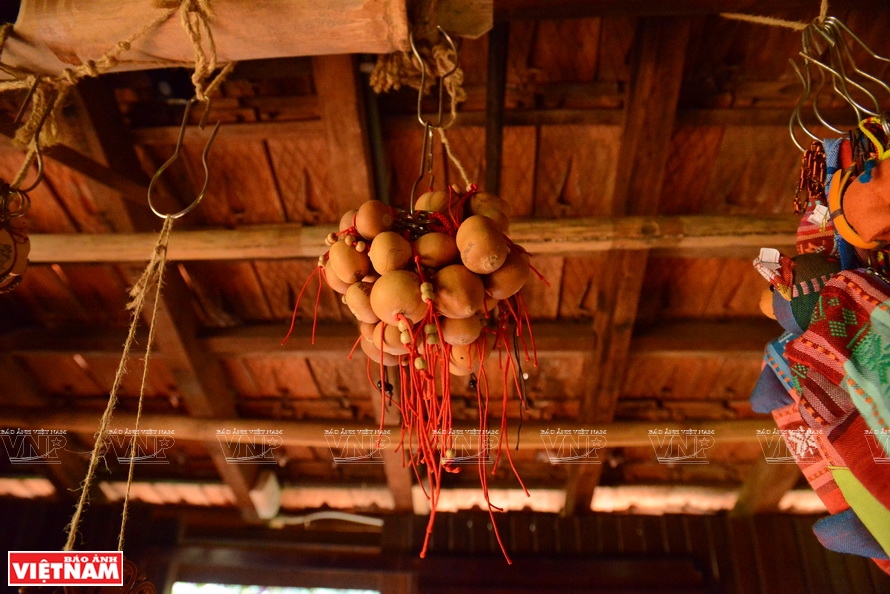
Decorative items of the Ede people.
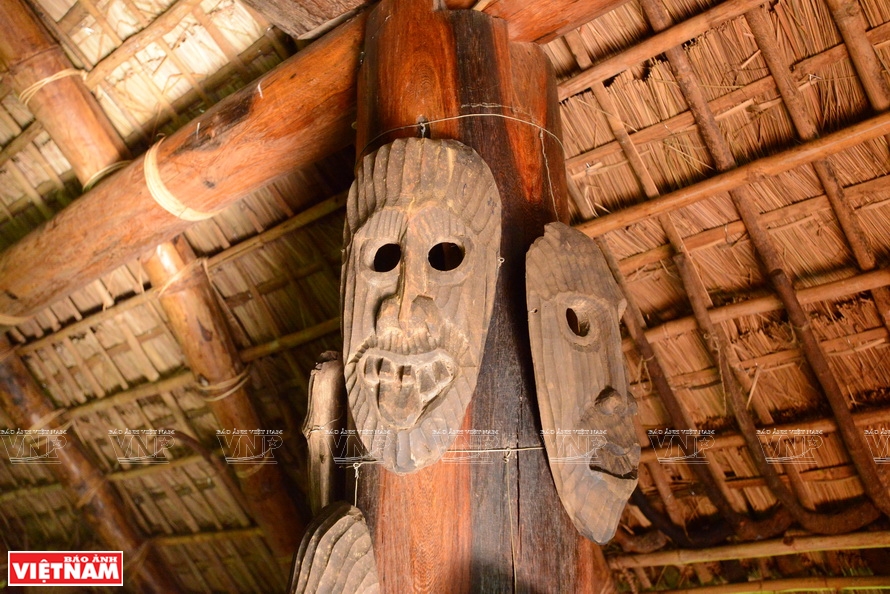
Wood masks feature culture and belief of the Ede. Photo: Thanh Hoa
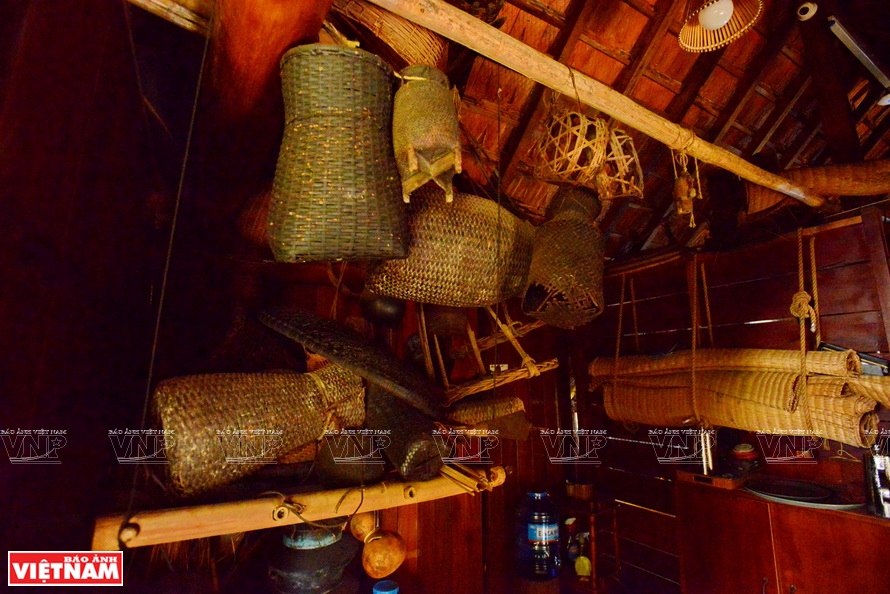
Daily utensils of the Ede people. Photo: Thanh Hoa |
Besides engaging in agriculture, locals are also developing eco-tourism, showing off the values of the scenery and culture of the village that helps them improve their living conditions and preserve the traditional values of the village in the modern city.
By Thanh Hoa